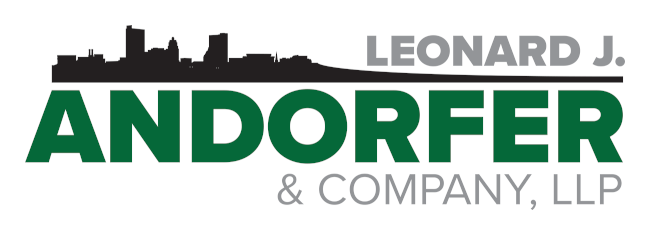The Paycheck Protection Program (PPP) provided more than 11.7 million forgivable loans totaling nearly $800 billion to small businesses and other eligible entities hurt by the economic impacts of the COVID-19 pandemic. Almost $400 billion has been forgiven. According to the Small Business Administration (SBA), loans of $150,000 or less account for 93% of outstanding PPP loans.
Despite earlier moves to streamline the forgiveness process for those loans, many smaller PPP lenders have informed the SBA that they lack the technology and manpower to develop efficient electronic loan forgiveness platforms to process forgiveness applications.
In addition, the SBA said it has heard concerns from PPP lenders of all sizes that the requirement for borrowers to submit and lenders to review revenue reduction documentation at the time of forgiveness is delaying the forgiveness process for second-draw PPP loans of $150,000 or less.
To address these problems and ease the forgiveness bottleneck, the SBA is making two significant changes.
1. Introduction of a COVID Revenue Reduction Score
To streamline forgiveness of second-draw PPP Loans of $150,000 or less where the borrower did not submit documentation of revenue reduction at the time of the loan application, the SBA will offer an alternative form of revenue reduction confirmation.
Each second-draw PPP loan of $150,000 or less will be assigned a COVID Revenue Reduction Score created by an independent, third-party SBA contractor, based on a variety of inputs, including industry, geography, and business size, and current economic data on the economic recovery and return of businesses to operational status.
The score will be maintained in the SBA’s loan forgiveness platform and will be visible to lenders to use as an alternative to document revenue reduction. Additionally, the score will be visible to those borrowers that submit their loan forgiveness applications through the platform using the direct borrower forgiveness process described in the next section.
When the score meets or exceeds the value required for validation of the borrower’s revenue reduction, use of the score will satisfy the requirement for the borrower to document revenue reduction. When the score does not meet the value required for validation of the borrower’s revenue reduction, and if the borrower has not already provided documentation to the lender that validates the borrower’s revenue reduction, the borrower will have to provide documentation either directly to the lender (for those lenders that do not opt in to the direct borrower forgiveness process) or provide documentation to the lender by uploading it to the platform.
2. Launch of a direct borrower forgiveness process
On August 4, 2021, the SBA launched a new direct forgiveness process that provides PPP lenders with an optional technology solution that essentially will allow their borrowers to apply for loan forgiveness directly to the SBA through a new portal.
When a PPP lender opts in to the direct borrower forgiveness process, the new portal will provide a single secure location that integrates with the SBA’s PPP platform and allows borrowers with loans of $150,000 or less to apply for loan forgiveness using an electronic equivalent of SBA Form 3508S. Upon receipt of notice that a borrower has applied for forgiveness through the platform, lenders will review the loan forgiveness application and issue a forgiveness decision to the SBA inside the platform.
Despite the launch of this new portal, borrowers should continue to submit loan forgiveness applications to their lenders, rather than through the platform, under the following circumstances:
- The PPP lender does not opt in to use the direct borrower forgiveness process;
- The borrower’s PPP loan amount is greater than $150,000;
- The borrower does not agree with the data as provided by the SBA system of record, or cannot validate their identity in the platform (for example, if there is an unreported change of ownership); or
- For any other reason where the platform rejects the borrower’s submission.
